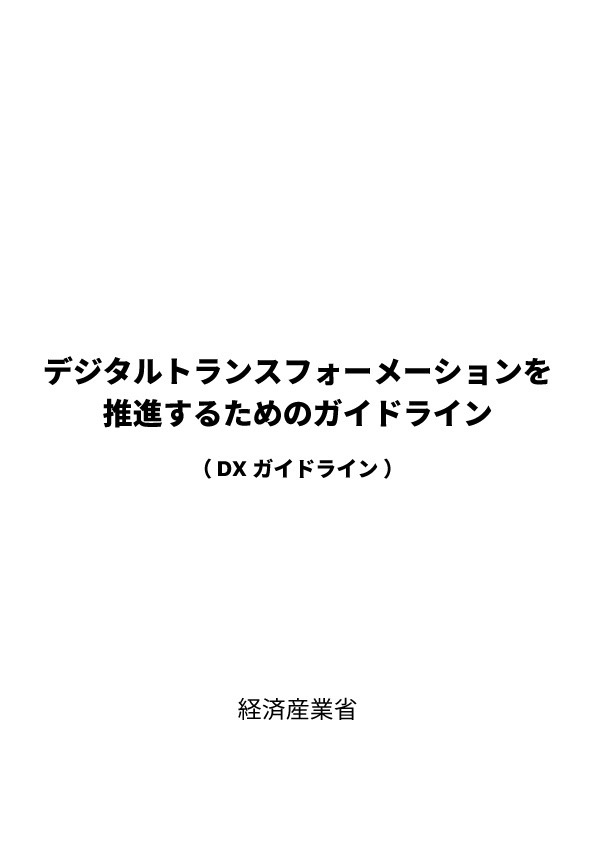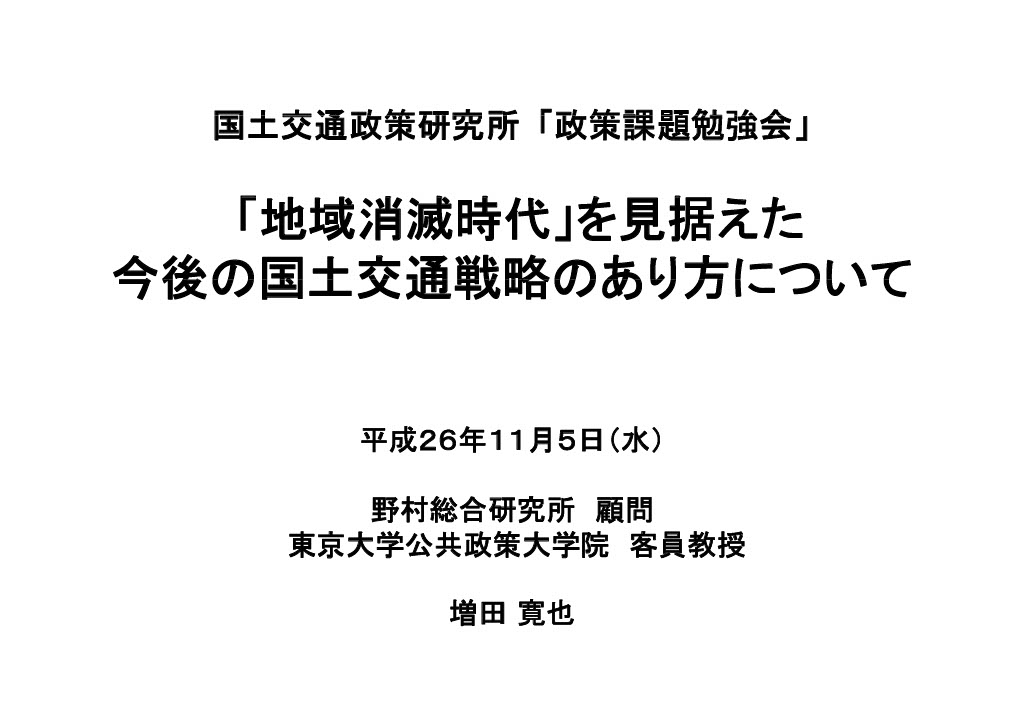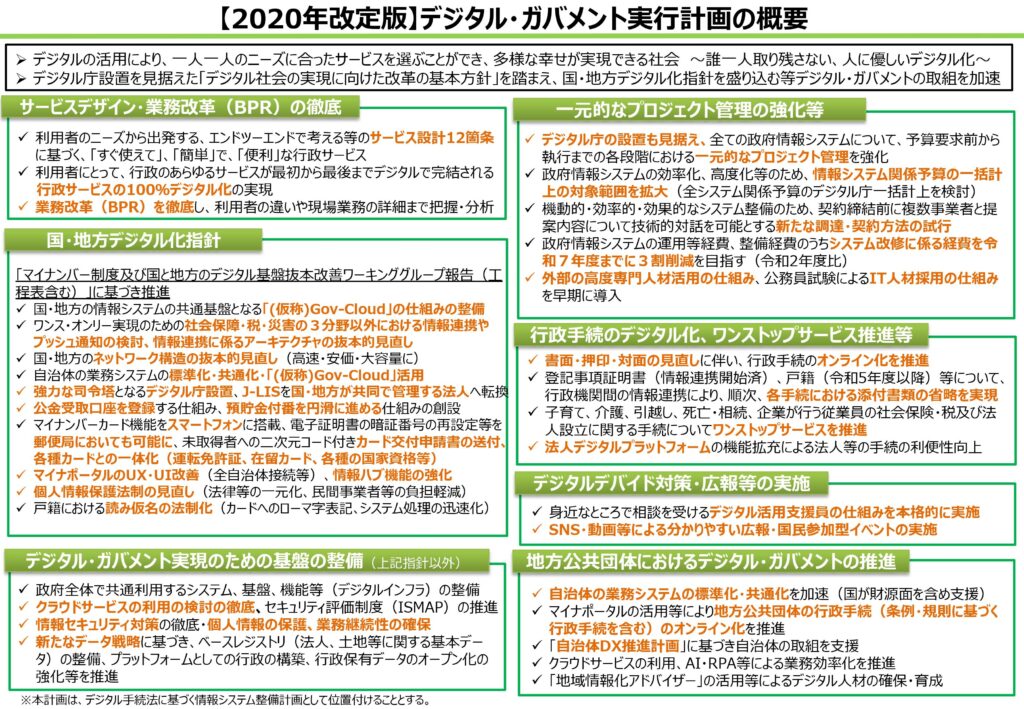Directions for the Post-Digital Era in Public Administration and Local Government
DX (Digital Transformation), an ongoing hot topic in industry and business, is expanding its reach to public institutions such as public administration and local governments. “Administrative DX” projects are now being considered and, in some cases, carried out.
In this issue, we will introduce the definition of “Administrative DX”, its challenges, and examples in Japan from CTIA’s perspective.
Definition of DX and Japan's "2025 Dilemma"
Originally, the word “DX (Digital Transformation)” was defined as follows.
“To establish a competitive advantage by transforming products, services, and business models, as well as operations themselves, organizations, processes, and corporate culture and climate, based on the needs of customers and society, utilizing data and digital technology in response to drastic changes in the business environment.”
In other words, it means “using IT / digital technology to transform the business model and the organization itself.” The concept of DX itself was proposed from a treatise published by a professor at the University of Sweden, and is defined in a broad sense as “the implementation of IT that will change people’s lives for the better in every aspect.”
The theme of this issue, administrative DX, refers to DX in the broadest sense for the local community, or municipal DX.
In the beginning, DX was neccessary mainly in the domestic industrial sector when the “2025 Dilemma” was identified in the “DX Report” published by the Ministry of Economy, Trade and Industry in 2018. The report stated that the complexity and black box nature of existing systems used within companies would hinder the promotion of DX, and that the maintenance costs and lost opportunities in each industry could result in annual economic losses of up to JPY 12 trillion after 2025.
Furthermore, in the business world, the increasing maintenance and operating costs of IT and digital technologies and the inability to utilize data across the board were identified as some of the causes of the “2025 Dilemma.”
From Industry to Government, DX to Overcome Local Government Crisis
DX was a term proposed because of pressing issues in domestic industries, but has now expanded to include a comprehensive image of DX for solving problems faced by industry, government, and local communities.
According to 2014 data from the Japan Policy Council, it is estimated that 896 of Japan’s 1,799 cities and towns fall into the category of having “the potential to disappear” (i.e., municipalities where the population of young women of child-bearing age will decline to 50% or less between 2010 and 2040.) Those areas may ultimately become unsustainable due to resident migration and declining birthrates, and account for about half of all municipalities in Japan.
In addition, in 2020 the Ministry of Internal Affairs and Communications indicated that the number of local government employees has decreased by about 550,000 over the past 25 years due to falling birthrates and aging populations around the country. The loss of such a workforce presents mounting challenges for maintaining domestic administration. Furthermore, another concern in proportion to the decline in population is the shrinkage of local economies due to the outflow of labor to urban areas. In Japan and other developed countries where cities are becoming more and more concentrated, the number of young people supporting local economies is decreasing, labor opportunities are declining, and the quality of government services is declining due to a lack of tax revenue, creating a vicious cycle for local economies. In response to these important issues, the Japanese government, in addition to implementing policies such as the Furusato local tax system, is advocating the implementation of a digital society to raise the efficiency of local government from the bottom up, under the motto of “No one is left behind through people-friendly digitalization.”
In particular, the May 2017 Digital Government Promotion Policy was an opportunity to propose fundamental reforms to the digital society, incorporating national and local digitization guidelines. Taking into account the recent major social changes arising from measures to prevent the spread of COVID-19 infection, beneficial changes would be full-fledged digital utilization of public administration and local governments (e.g., encouraging telework); promoting electronic signature use within administrative agencies; moving many administrative procedures online through the use of the My Number Card system; and establishing the national Digital Agency in September 2021.
However, despite policy development, a survey reports that 80% of DX in local government has not yet been initiated. A major cause is a much lower level of DX understanding within the public sector than that in the private sector, which shows strategic and practical use cases for administrative DX are needed in the future.

My Number Card and digital currency, the cornerstone of administrative DX
Two common examples of administrative DX are the My Number Card system and local digital currency that have been widely discussed in recent years.
First, My Number Card is an IC card that is issued upon application by a resident, contains a personalized registration number used in the Basic Resident Registration System, and enables the holder to access a variety of administrative services. It can also be used as an official identification document for proof of personal number and identity verification. It is truly a card that makes people’s lives smoother, saving them time and effort in carrying out procedures and operations at government offices. In the five years since issuance began in January 2016, services have expanded to improve convenience, including use at convenience stores and public facilities, linkage with health insurance cards, and use in the MYNA-point system.
The second example is digital currency. The limits on economic activities due to the prevention of the spread of COVID-19 has led to a sharp increase in the number of community development coupons and childcare support coupons distributed in paper form by local governments. Coupon issuance is also being considered for the JPY 100,000 worth of payments to those under 18 years of age that the national government proposed in 2021. However, paper coupons are difficult for companies, stores, and even local governments to handle. It is time-consuming for companies to request coupons in bulk from local governments, and it also takes time for local governments to receive payment. In addition, the administrative cost for local governments is also huge. Digital currency could be the perfect solution to this problem.
Digital payment demonstrations are scheduled to take place at the end of March 2022 in Aizu-wakamatsu City, Fukushima Prefecture and Kesennuma City, Miyagi Prefecture. This experiment is envisioned to utilize the digital currency to provide benefits to households raising children. Eligible residents will be able to download a special application and apply to receive the digital currency immediately. Compared to paper coupons, it is expected to provide benefits more quickly and reduce administrative costs. The digital currency used in the experiment will be DCJPY, which is being developed under the initiative of the private sector, and is expected to be offered by the issuing bank at the same value as cash, with the smallest unit being one yen.

On-site utility, secure use, and public-private partnerships as the accelerator for administrative DX
Two important aspects of administrative DX using digital technology are risk countermeasures for security and practicality.
No matter how useful a technology is, adoption is limited if there are few stores and services where it can be used. Moreover, if ICT (information and communication technology) cannot be introduced that matches the needs of the management system of local government officials, it will not lead to improved operations. The main goal of administrative DX is it should be widely used by local residents, local governments, supporting companies, and other stakeholders to improve their work and lives. Services that take into account UI/UX; how many stores participate in the system at a satisfactory level; and the location of such stores are also necessary elements for increasing utility.
Security measures are necessary to prevent hacking and identity theft. In fact, the government-run MYNA-portal is working to build a system for risk mitigation, and is taking such risk countermeasures as strengthening penalties for misuse; implementing information decentralization management; controlling access; and encrypting communications. Malicious server attacks and account hijacking are also possible risks when implementing digital currency.
In order to minimize such risks, it is essential to solve issues through public-private partnerships with the cooperation of government agencies and the private sector. According to the Ministry of Internal Affairs and Communications, a common trait within the local governments with the highest My Number card issuance rates in special wards and cities is that they are focusing on “digital promotion” and “industry-government-academia collaboration.” From the aforementioned demonstration experiment of digital currency and the content of the MIC report, it becomes clear that the key to accelerating administrative DX is this public-private collaboration. And it is worth noting that many local governments are actively promoting administrative DX ahead of other areas of the country.
Thus, it is anticipated that, with public-private partnerships as a foothold, demand for capital investment, business improvement, and development of specialized software for administrative operations in local governments will increase, and the number of cases aiming to improve administrative capabilities will increase in the future. Companies that support better community development from a DX perspective and provide new value based on administrative organizations and local industries will be needed in the future.
This article has focused on some of the details of the DX theme related to government and municipalities. CTIA is involved in DX consulting for industry, energy, and local governments and administration, and is creating business through industry-government-academia collaboration and open innovation.
If you are interested in local government and public administration DX, please feel free to contact us.
Writer:T.OGASAHARA




